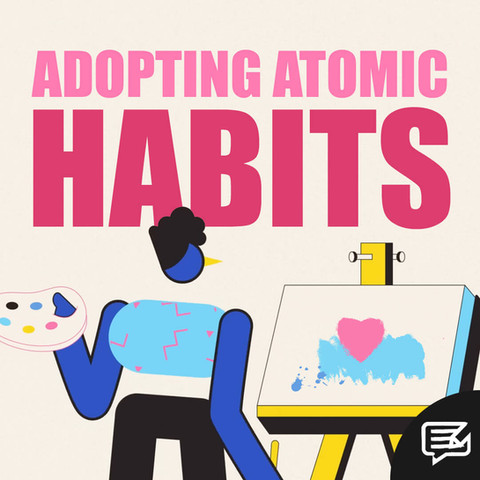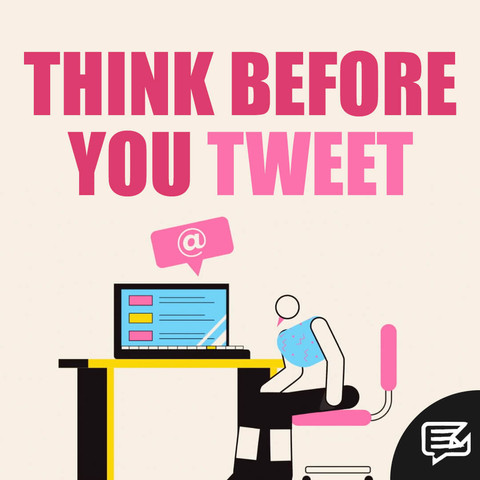
30.03.21
THE FUTURE OF FESTIVALS
Since the start of the pandemic, I have written several blogs about how the leisure industry will change - how zoos, cinemas and theatre venues have adapted during these challenging times, and how technology can help.
But whilst attending a play in the West End seems feasible in the next few months or so (with social distancing measures, of course), enjoying the genuine live music experience still feels that bit further out of reach.



Where gigs, concerts and festivals are concerned, there are two main factors at play: ensuring the event can safely go ahead in the first place, and that attendees actually enjoy it.
Hundreds of thousands will be pining for the mud, music and merriment down at Worthy Farm. Indeed, Glastonbury Festival founder Michael Eavis was just as keen for the five-day festival to go ahead, with last year’s 50th anniversary extravaganza one of the entertainment industry’s biggest casualties.
Talking to Somerset Live following his New Year’s Eve vaccination, Eavis said:
“As far as the festival is concerned, wouldn’t it be wonderful to get the majority of our population vaccinated before June 2021, so that we can celebrate next summer in proper ‘Glastonbury style’.”
Alas, it was not to be and Glastonbury was duly postponed for another year. But all is not lost as other major festivals – Latitude, Reading and Isle of Wight included – plan to go ahead, albeit with special measures in place.
On 5th January, Sky News shared the findings of a report by UK Music, quoting the campaign group’s Chief Executive, Jamie Njoku-Goodwin:
"Government is rolling out the vaccine and is openly speculating about returning to normal by the spring - but there is a serious risk that even if this proves to be a reality, lack of notice and available insurance options will mean much of the 2021 summer music season can't go ahead.”
The article continues:
“The report, Let the Music Play: Save Our Summer, also called for targeted financial support, an extension to the VAT rate reduction on tickets, a rollover of 2020 local authority licence fees to 2021, and an extension to business rates relief.
“It was published as music festival organisers gave evidence on their future at a hearing before a group of MPs on the digital, culture, media and sport select committee.”
Symphony Hall in Birmingham perfectly illustrates the challenges faced by indoor venues. Before the pandemic, the hall hosted audiences of 2,200 with 65 staff on the payroll. Its current predicament is representative of thousands of venues – big and small - up and down the country:
“Since March 2020, it has made nearly one third of its staff redundant, furloughed most of the rest and hosted just two, socially distanced, performances. But the reduced capacity rendered these gigs unviable.
“The sector is likely to be one of the last to reopen after the pandemic and there are fears many venues will have closed for good and skilled staff will have left by the time audiences are finally ready to return.”
But there is hope on the horizon.
At the end of October 2020, ticketing behemoth Ticketmaster announced a suite of SmartEvent technology solutions, enabling venues to welcome fans back to live events “when the time is right”.
One aspect of the suite concerns access and seating design:
“The Social Distance Seating Tool currently being rolled out considers venue size, distance between seats and many more data points to create unique seating strategies for each event. Ticketmaster’s Timed Entry Tool allows organisers to give fans specific arrival times and entry ways to manage the flow of people into the venue, or stagger entry to an event. Entry Rate Monitoring Tools help manage lines and avoid congestion. Custom communications directly to ticketholders before and after the event are also supported.”
They also offer contactless and self-service experiences:
“SmartEvent can transform a traditional box office facility into a Contactless Box Office, with the ability to handle ticketing transactions, account support and scanning while reducing the need for physical interactions between fans and staff.
“As leaders in this contactless space, Ticketmaster has already run numerous events with 100% of attendees using digital tickets from Lovebox and Four Tet back in 2019, to the first game of the NFL 2020 season, where for the first time at an event of this scale, not a single paper ticket was scanned.”
What’s more, the suite has been designed to integrate with other apps and services:
“Secure Ticket Transfer ensures organisers know every fan in the building, even if the ticket changed hands a few times after the initial on sale on Ticketmaster or other ticketing platforms. This gives organisers a key public health contact tracing solution with the ability to provide information to local bodies as required to enable quick analysis and notification.
“Ticketmaster is also working with event organisers and venues as they consider how and when to integrate COVID-19 test results and diagnostics partners as a criteria for entry to live events. Operating in over 30 countries, Ticketmaster has a front-row seat to new tech, health and logistical developments around the world that may be ripe to integrate into its platform.”
It’s certainly a big step in the right direction, and represents a bridge between where we are now and where we’d all love to get to.
News of Ticketmaster’s efforts came after an experiment by scientists from Germany’s Martin Luther University Halle-Wittenberg. The study centred around a show by German pop singer Tim Bendzko at an arena in Leipzig. Rolling Stone explains:
“About 1,400 people were in attendance - most of them volunteers - and the study ultimately found that the risk of spreading Covid-19 at such an event was “low to very low” if there’s good ventilation, strict hygiene rules, and a limited audience.
“The researchers who conducted the study boosted their findings, with Dr. Michael Gekle saying, ‘There is no argument for not having such a concert. The risk of getting infected is very low.’”
The article continues:
“To conduct the study, participants were given masks and tracking devices. Over the course of 10 hours, they were asked to simulate different concert scenarios, one with no social distancing, one with some social distancing, and one with strict social distancing. Volunteers were treated to a set from Bendzko during each round, while, in between, researchers tracked the movement of attendees as they visited food vendors and bathrooms. The study found that contact between people was highest during these breaks and as people entered the venue.
“Furthermore, volunteers were given a fluorescent disinfectant, which was used to track and examine which surfaces were touched most over the course of the day. Researchers also employed a fog machine to calculate the potential spread of aerosol droplets, finding proper air circulation and bringing as much clean air into the venue as possible was the best way to decrease the likelihood of exposure.”
The recommendations offered by researchers sound self-explanatory: install new, more effective ventilation systems, implement seated food and drink breaks, mandate masks, and utilise multiple entrances to the venue. In practice? Not so simple.
Whilst mandating masks is easy enough, not all venues have the luxury of multiple, separate entrances. Others simply don’t have the space for seated food and drink breaks.
In June last year, the Government announced a five-stage roadmap for performing arts to get back up and running. The stages are:
Rehearsal and training (no audiences)
Performances for broadcast and recording purposes
Performances outdoors with an audience and pilots for indoor performances with a limited socially-distanced audience
Performances allowed indoors and outdoors (but with a limited socially-distanced audience indoors)
Performances allowed indoors / outdoors (with a fuller audience indoors)
Throughout the pandemic, performers and venues alike have had to change plans in line with the latest restrictions, and often at the last minute. The introduction of “Tiers” brought about limited indoor events, and then came another national lockdown…
Add to this the Government-issued list of 14 measures applicable to both rehearsals and performance: Steps that will “usually be needed” include:
Reducing cast, orchestra and other performance group sizes wherever possible to enable social distancing to be maintained.
Learning lines or parts in advance to avoid carrying scripts in rehearsal.
If performers are likely to spit during their performance, organisers should consider additional mitigations such as the use of face coverings or screens.
Displaying scripts onto screens in rehearsal rooms to reduce contact requirements and to support accessibility.
Avoiding rehearsing and performing face-to-face wherever possible.
Using radio, phone and video links where possible to avoid face-to-face contact.
In the face of this guidance – coupled with complex logistics at the best of times - organising any event feels like an unenviable challenge. Not to mention the prospect of thousands upon thousands of music-lovers descending upon festival sites – travelling by train and bus, not showering, sleeping in close proximity, using portaloos without adequate sanitation…
But before we know it, summer will be here, the vaccine rollout will be in full swing for younger folk and we can finally start to look forward to the future. And yes, that includes dancing along to our favourite acts in a field in rural England without a care in the world.

























































